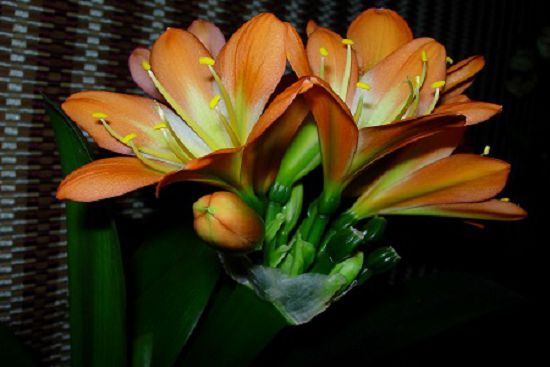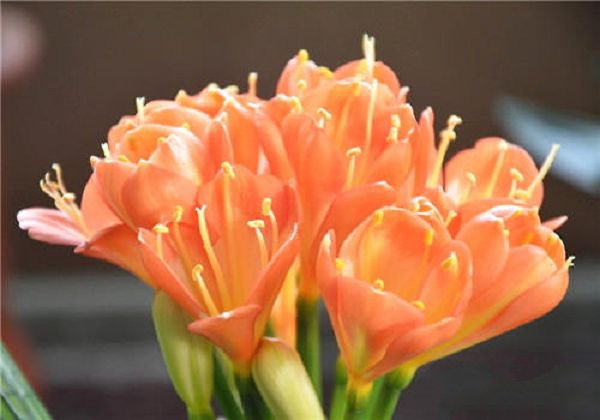Control methods of common diseases and insect pests in Cymbidium
There are three kinds of pests that do the greatest harm to the orchid, one is slug, the second is snail, and the third is cotton shell worm, commonly known as cotton flower bug.
Slugs are omnivorous mollusks, also known as shellless worms or slugs. They specialize in eating seedlings and newly grown tender leaves, forming irregular gaps and holes, as well as damaging the arrows and flower stems. Make the new leaf begin to grow crooked according to the notched part it gnaws on, and the new flower arrow splits according to the part of the arrow pole it gnaws on, until it breaks. Cause extremely serious harm to the gentleman orchid. At the same time, the feces discharged by it, the mucus left by crawling, pollute the plant, make the bacteria invade, and make the leaf rot easily lead to soft rot. Snails are also omnivorous molluscs. Snails have shells. They also like to eat young tissues of plants, such as young leaves, new buds, root tip stamens, and so on. Causing irregular scars or caves, the greatest harm of the snail is that after eating the new central tender leaves, the snail makes the flower core without growing point, so that the whole plant, especially the adult orchid, cannot blossom and draw arrows, can no longer grow new leaves, and scraps the whole plant. The shell worm is also one of the most common pests of Cymbidium, especially the cotton-blowing shell insect is the most harmful to Cymbidium, which is powdery and often attached to leaves or fruits and stems. Sucking its juice and secreting mucus, black hinders growth, destroys chlorophyll and produces concave yellowish spots, which seriously lead to the withering of the whole deciduous plant.
The prevention and control methods of slugs and snails are:
One is to master the characteristics that it likes to go out in the wet day and night, use manual hunting, put cabbage leaves near infested activities, sprinkle a little wheat bran or corn flour, concentrate on killing before dawn, or put arsenic or trichlorfon and other erbium rust in wheat bran or corn flour.
Second, lime barrier, in its activities around the sprinkled lime, its glue can die.
Third, 8% vermicorin or 10% polyacetaldehyde 1.5 grams per square meter. The goal of complete elimination can be achieved by using the above-mentioned methods.
Control methods of shell insects:
First, when the quantity is small, it can be brushed off with a rag or brush.
Second, the outbreak has just occurred. Cotton balls can be used to touch the insecticidal body with alcohol.
Third, emulsified dimethoate can be used to kill the insect body by adding water at the ratio of 1 to 800 times and then spraying it to the diseased part.
Related
- Is the orchid suitable for indoor use? Is it good for the body?
- How to prevent the empty root of orchids?
- What to do after the crab claw orchid is withered?
- Why are the leaves of orchids always yellow? Fertilizing and watering.
- Can the root of the gentleman orchid be saved if it is rotten?
- Diagnosis and treatment of cotton-blowing beetle insects in Cymbidium
- There is a way for a gentleman's orchid to rot.
- What is the most suitable temperature and humidity for the orchid?
- How to raise a gentleman's orchid? Cultivation techniques of Cymbidium
- How to prepare the nutritive soil for the cultivation of Cymbidium



